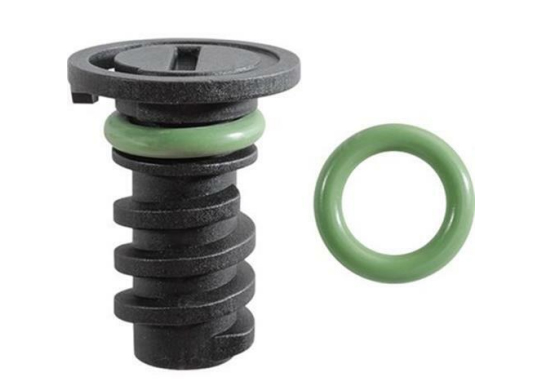12mm Oil Drain Plug Replacement and Maintenance Guide for Vehicle Owners
Understanding the 12mm Oil Drain Plug Importance and Function
When it comes to vehicle maintenance, one of the most critical components that motorists often overlook is the oil drain plug. In this context, we will focus on the 12mm oil drain plug, a common size found in many vehicles, and explore its importance, functionality, and maintenance tips.
What is an Oil Drain Plug?
The oil drain plug is a small yet essential component located at the bottom of the oil pan in the engine. Its primary function is to facilitate the draining of engine oil during an oil change. The 12mm oil drain plug is characterized by its hexagonal shape, designed to accommodate a 12mm socket or wrench for easy removal and tightening.
Importance of the 12mm Oil Drain Plug
The 12mm oil drain plug plays a vital role in ensuring that engine oil can be changed efficiently and effectively. Regular oil changes are crucial for maintaining the health of an engine, as they help remove contaminants and prevent sludge buildup. Without a properly functioning drain plug, draining the oil becomes a cumbersome job, and residual oil may remain in the pan.
Moreover, the oil drain plug helps maintain the engine's integrity by creating a tight seal that prevents oil leaks. Over time, vibrations and thermal expansion can cause the plug to loosen, leading to potential oil loss, which could result in severe engine damage if not addressed promptly.
Signs of a Faulty Oil Drain Plug
12mm oil drain plug

It's essential to monitor the condition of the oil drain plug. Signs of a faulty or damaged drain plug include
1. Oil Leak If you notice oil pooling underneath your vehicle, it could indicate a compromised drain plug. 2. Corrosion Rust or corrosion on the drain plug can weaken its structure and lead to leaks. 3. Loose Fit If the plug feels loose even after being tightened, it may require replacement.
Maintenance Tips for the 12mm Oil Drain Plug
1. Inspect Regularly During routine oil changes, always check the condition of the oil drain plug. Look for signs of wear, damage, or corrosion. 2. Use Proper Torque Ensure that the drain plug is tightened to the manufacturer’s specified torque. Over-tightening can strip the threads, while under-tightening can lead to leaks.
3. Replace When Necessary If you notice any signs of damage or wear, it’s best to replace the oil drain plug. They are relatively inexpensive and crucial for preventing oil leaks.
4. Utilize Sealing Washers Some vehicles require a sealing washer with the drain plug. Ensure this washer is in good condition to maintain a proper seal.
Conclusion
The 12mm oil drain plug may seem like a minor component of your vehicle, but its significance cannot be underestimated. Proper maintenance and attention to this small but vital part can lead to improved engine performance and longevity. Understanding its function and knowing when to replace or repair it will contribute to a healthier engine and a smoother driving experience. Always prioritize regular oil changes and inspections to keep your vehicle running at its best.
-
The Ultimate Guide to Car Repair Kits: Tools and Essentials Every Driver Should Own
News Aug.01,2025
-
The Complete Guide to Oil Pan Gaskets: Sealing Engine Leaks the Right Way
News Aug.01,2025
-
Preventing Oil Leaks: A Complete Guide to Oil Pan Gaskets and Drain Seals
News Aug.01,2025
-
Everything You Need to Know About Oil Pan Gaskets and Drain Plug Seals
News Aug.01,2025
-
Essential for Car Owners: How to Use a Car Repair Kit to Deal with Minor Breakdown
News Aug.01,2025
-
Comprehensive Guide to Engine Oil Sump Gaskets and Related Seals
News Aug.01,2025
-
The Ultimate Guide to Boat Propeller Bearings and Trailer Wheel Bearings
News Jul.31,2025
Products categories















